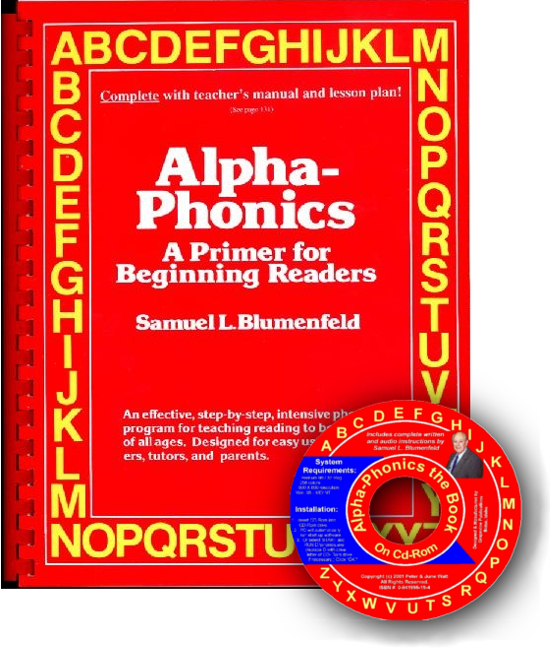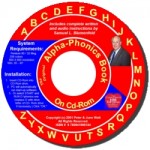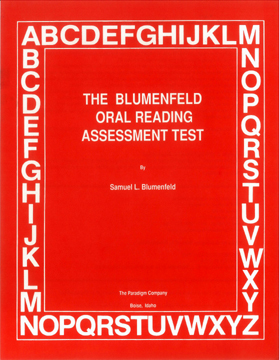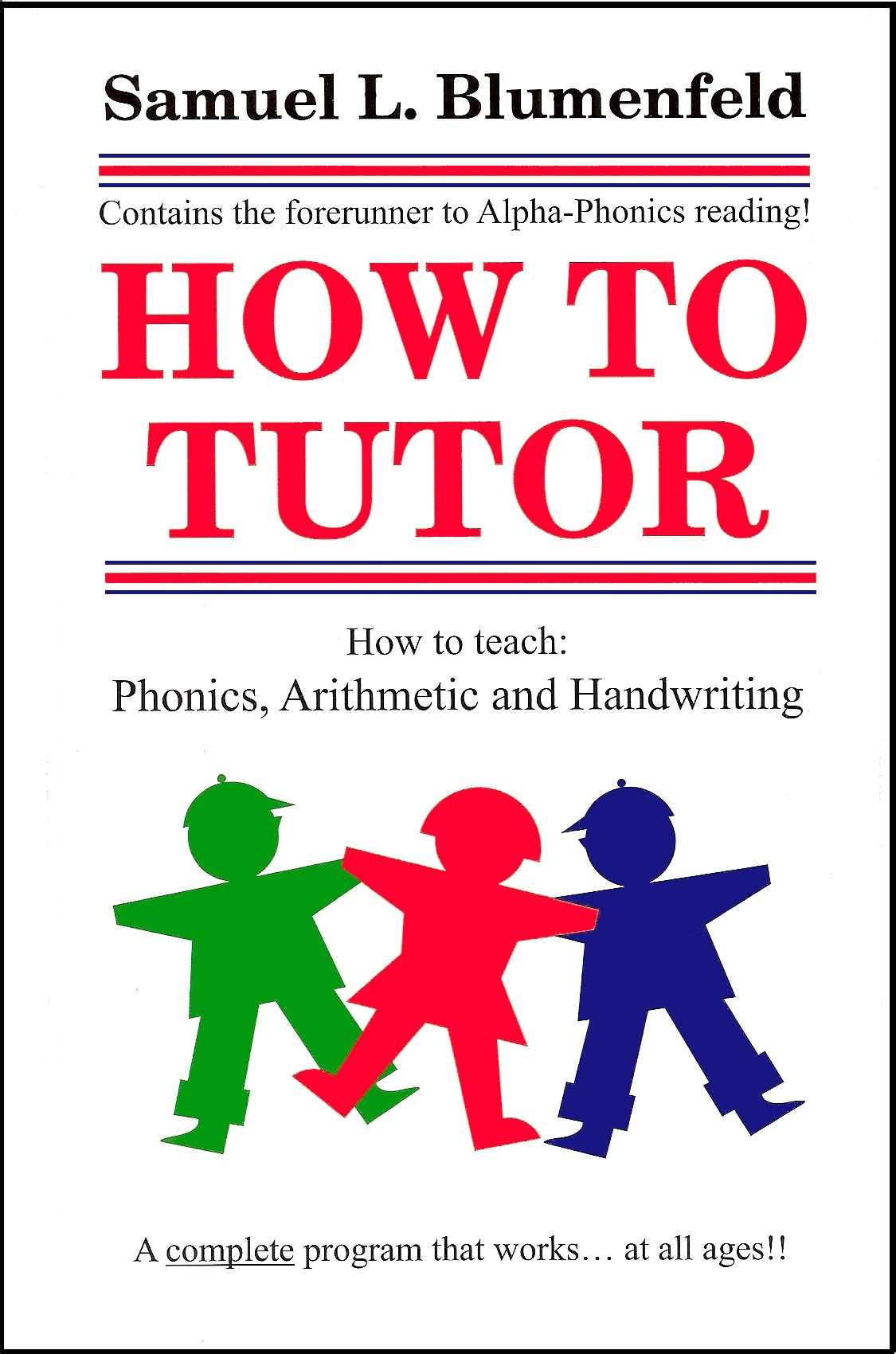
Despite Common Core and more testing, reading and math scores haven’t budged in a decade
In fact, fourth and eighth grade reading scores on the National Assessment of Educational Progress essentially haven’t budged in 10 years. That’s causing some alarm, considering the number of reforms aimed at American schools over the past decade: stronger academic standards, more tests, stricter teacher evaluations and laws that discourage schools from promoting third graders if they can’t read proficiently, to name a few.
“Reading has just been more or less plateauing, stagnating,” said Peggy Carr, a leader of the assessments division for the National Center for Education Statistics, which  administers the NAEP to a representative sample of students across the country every two years.
administers the NAEP to a representative sample of students across the country every two years.
How to get kids to open more books:Send a well-timed text to their parents
How bad are the new reading scores?
Results of the 2019 NAEP, also known as the Nation’s Report Card, showed elementary and middle school students scored worse in reading than they did two years ago.
Specifically, 35% of fourth graders were proficient in reading in 2019, slightly down from 37% in 2017 and barely up from 33% of such students considered proficient a decade ago, in 2009.
About 34% of eighth graders were proficient in reading this year, a drop from 36% in 2017 and only a tiny bit better than 32% in 2009.
To be clear, the national exams set a high bar for proficiency – higher than most state achievement tests. But they’re the only consistent measure of how students nationwide are doing in core subjects over time. A sample of about 600,000 public and private school students in fourth and eighth grade took the reading and math exams in 2019. Their results were released Wednesday.

“Since the first reading assessment in 1992, there’s been no growth for the lowest-performing students in either fourth or eighth grade,” Carr said. “Our students struggling the most with reading are where they were nearly 30 years ago.”
Get young kids started off right:‘Word pedometer’ keeps you on track to say millions of words to your baby
Why are reading scores so low?
So far, people can only offer theories.
An award-winning series last year by American Public Media reporter Emily Hanford investigated why many educators still don’t know to give, or resist giving, children a firm foundation in phonics: the process of correlating sounds with letters or groups of letters.
“Fluency requires different instructional methods than phonics,” he said. “Practice is key.”
Rasinski said he also thinks students are subjected to far too many tests, which leaves less time for instruction. And, he said, a lot of districts continue to adopt poorly designed reading curriculum.
In the short term, not really. But over 27 years, they’ve improved more than reading scores.
About 41% of fourth graders and 34% of eighth graders scored proficient in math in 2019. That’s not significantly different from 2017.
Carr said the math scores are also about the same as a decade ago.
But since 1990, students at both grade levels have improved in math: Fourth graders this year scored 27 points higher on the 300-point exam compared with their peers in 1990. Eighth grade students posted an average score that was 19 points higher than in 1990.
Scores have flat-lined:Students have made little improvement since the early 2000s

What else has happened to math and reading scores in the past decade?
The gap between the most- and least-competent students got bigger.
“Compared to a decade ago, we see that lower-achieving students made score declines in all of the assessments, while higher-performing students made score gains,” Carr said.
This divergence in performance is one reason why average student achievement hasn’t changed in a decade, Carr explained.
Is there any good news in the 2019 NAEP reading and math results?
Yes. Washington, D.C., students showed big gains in fourth grade reading and eighth grade math. In fact, D.C. Public Schools was the only large district to show test-score gains in three of the four assessments since 2017, Carr said.
Mississippi was the only other state to improve in fourth grade reading since 2017.
Detroit’s public schools pulled out a big win in fourth grade math: Students scored 6 points higher there than in 2017.
Boys, Hispanic students and English language learners also improved in fourth grade math over the past two years.
Education coverage at USA TODAY is made possible in part by a grant from the Bill & Melinda Gates Foundation. The Gates Foundation does not provide editorial input.
The Publishers of ALPHA-PHONICS continue to bring its Followers as much news on education as possible. We hope you find this article from USA Today helpful in understanding what a sad story Common Core has turned out to be.
One story that is not sad is how helpful ALPHA-PHONICS has been for over 36 years to Parents desiring to teach their own children to read. To learn about the how and why ALPHA-PHONICS has worked so well watch the short Video below and check out the Links below the Video.

 Alpha-Phonics
Alpha-Phonics The Alphabet Song!
The Alphabet Song! Water on the Floor
Water on the Floor Alpha-Phonics the Book on CD Rom
Alpha-Phonics the Book on CD Rom Blumenfeld Oral Reading Assessment Test
Blumenfeld Oral Reading Assessment Test How To Tutor
How To Tutor How To Tutor Cursive Handwriting Workbook
How To Tutor Cursive Handwriting Workbook